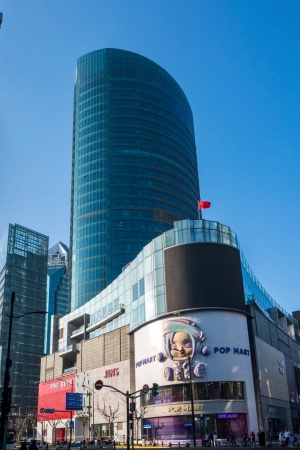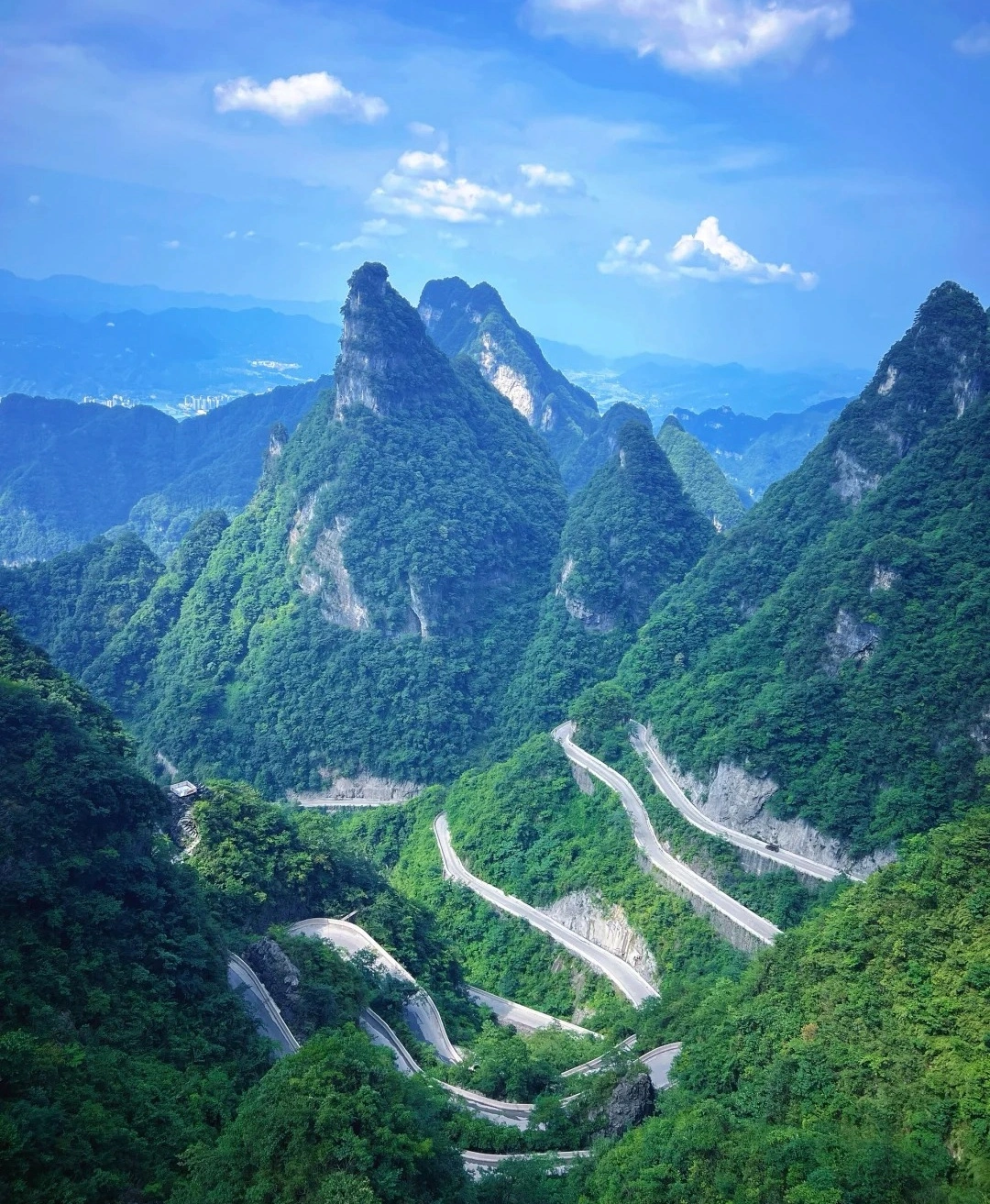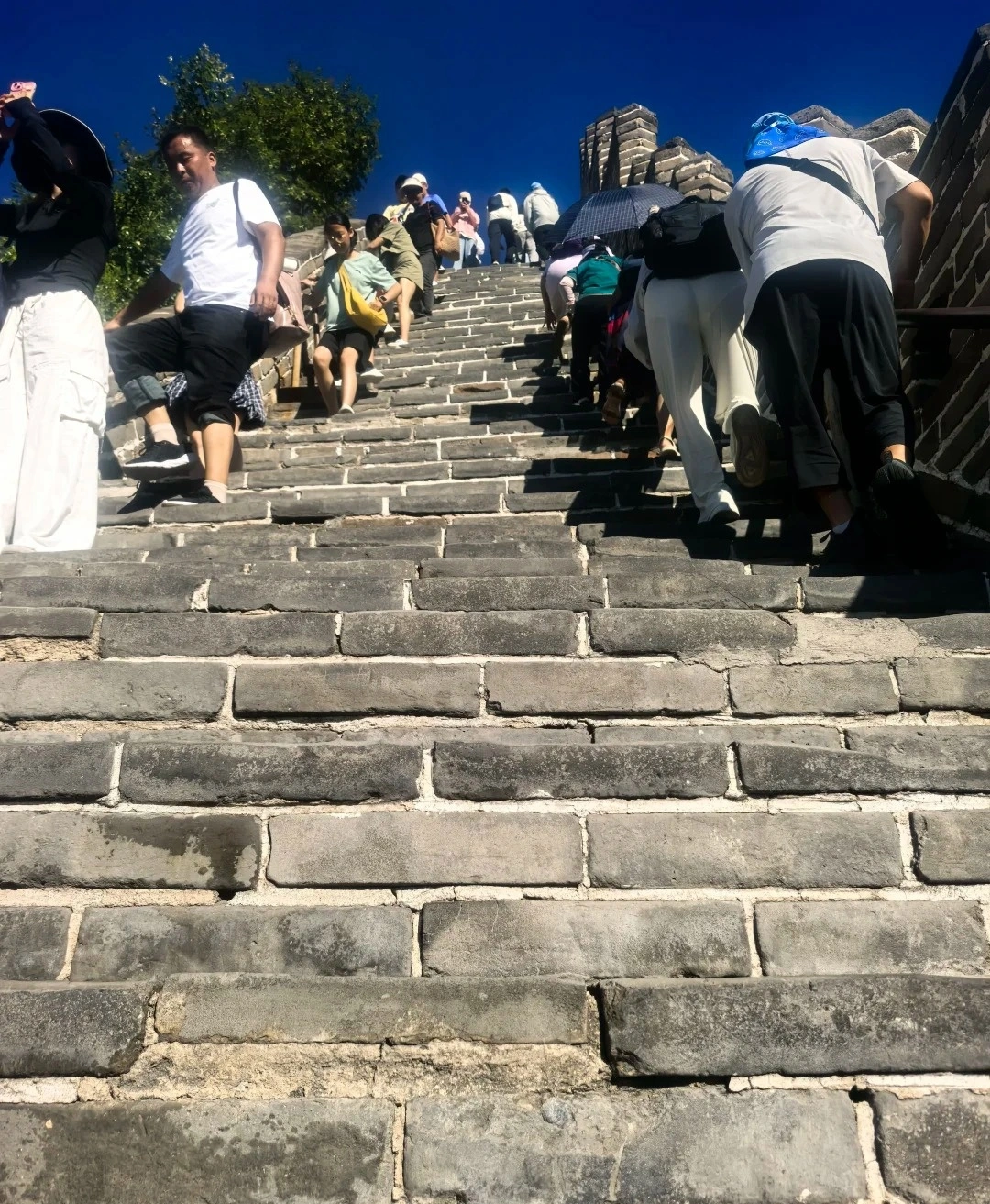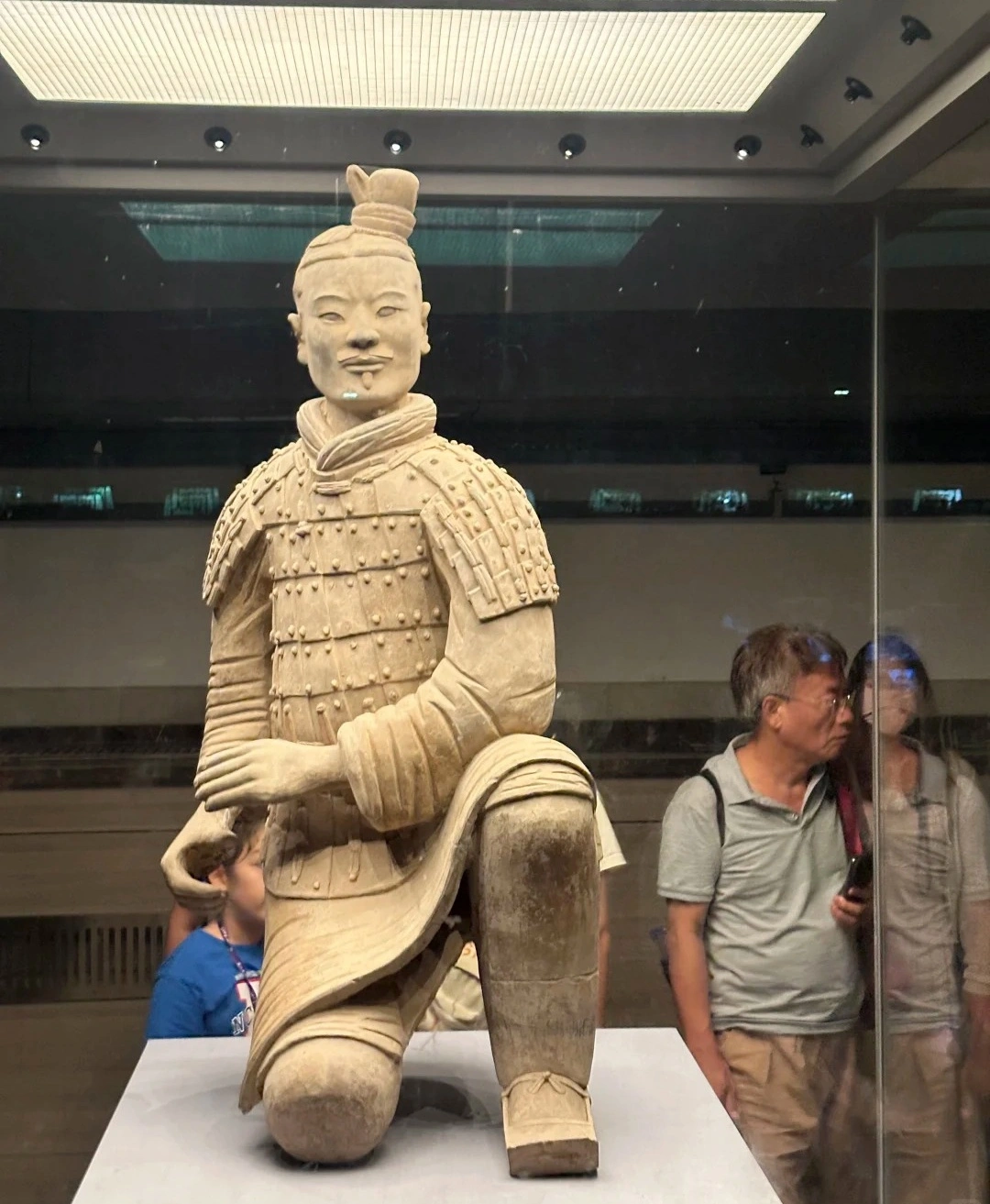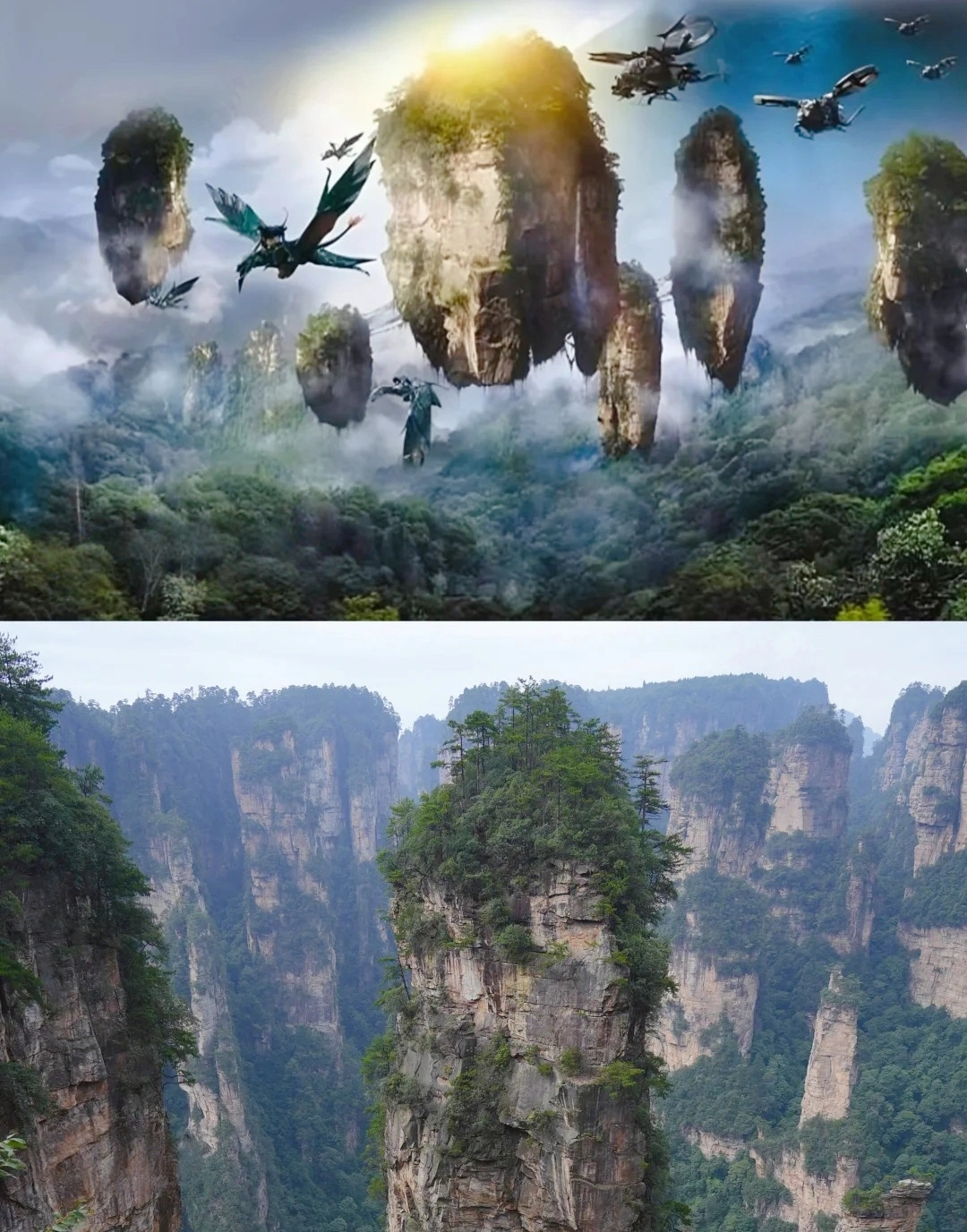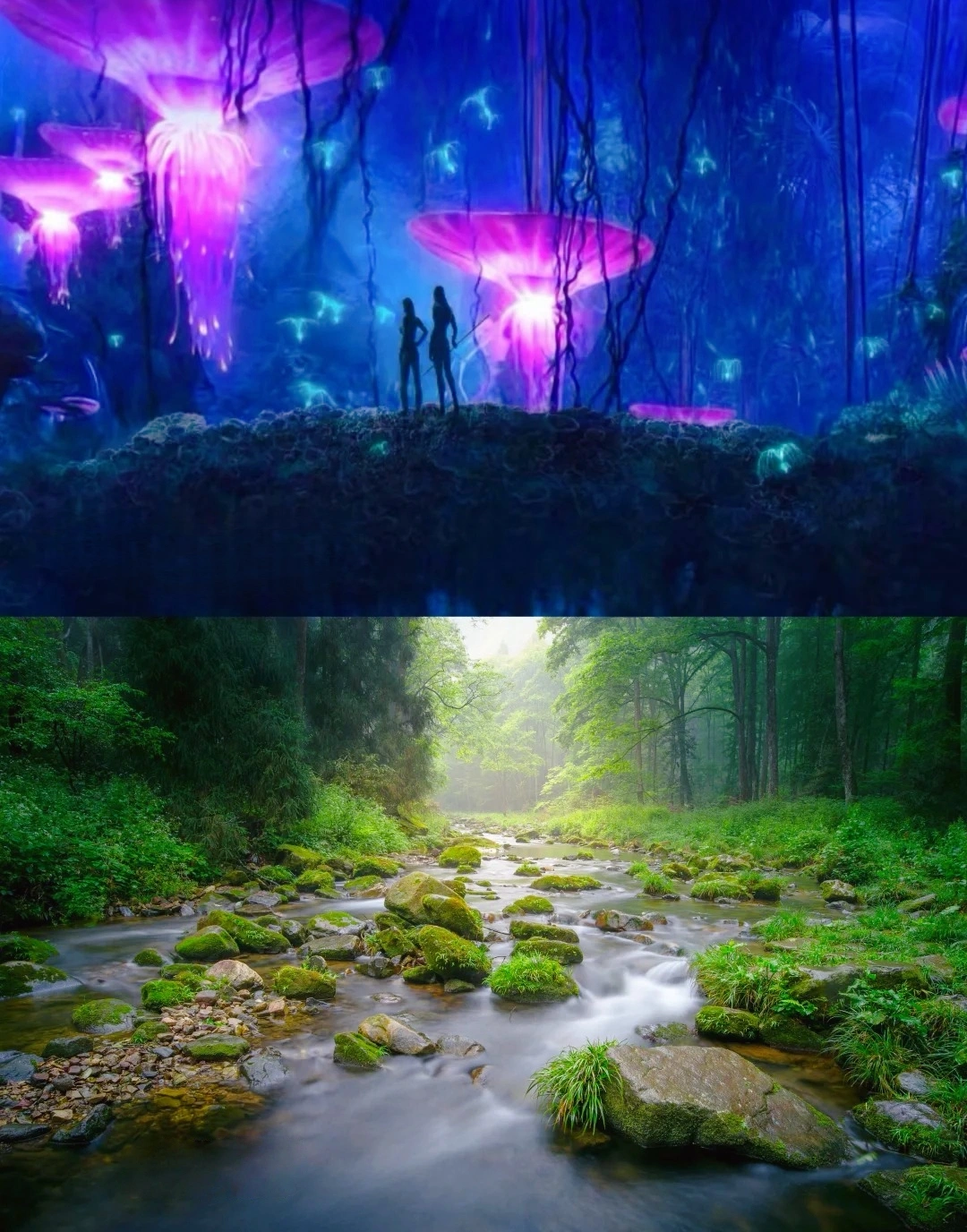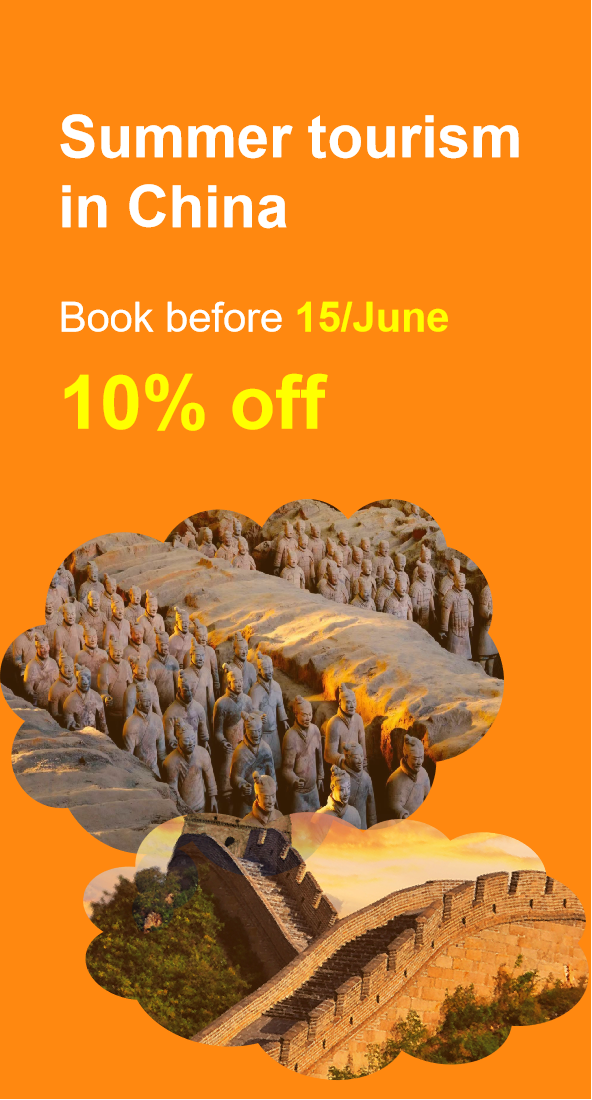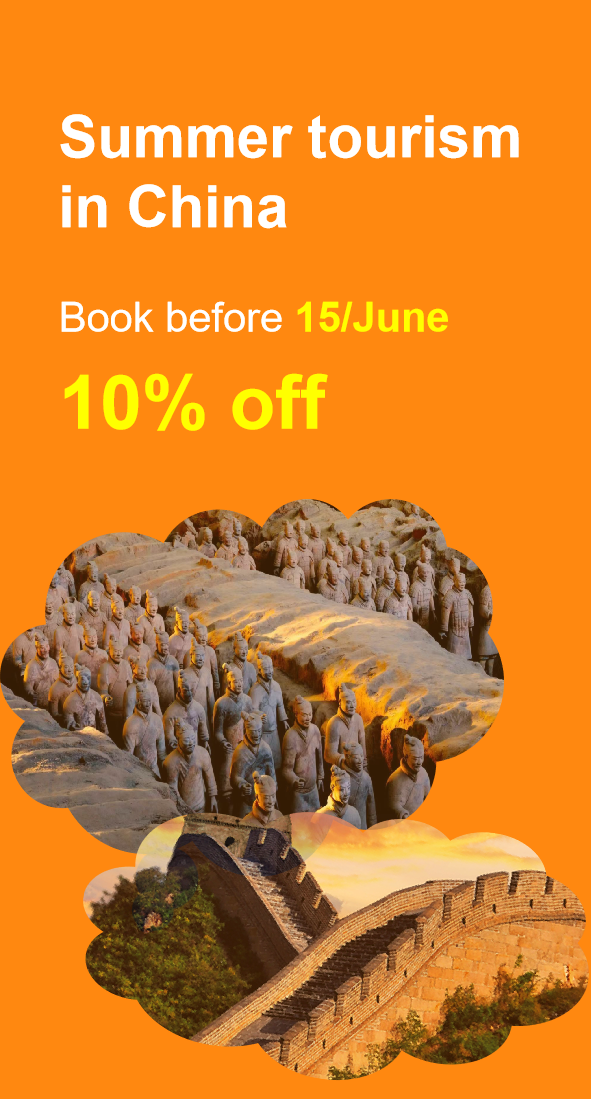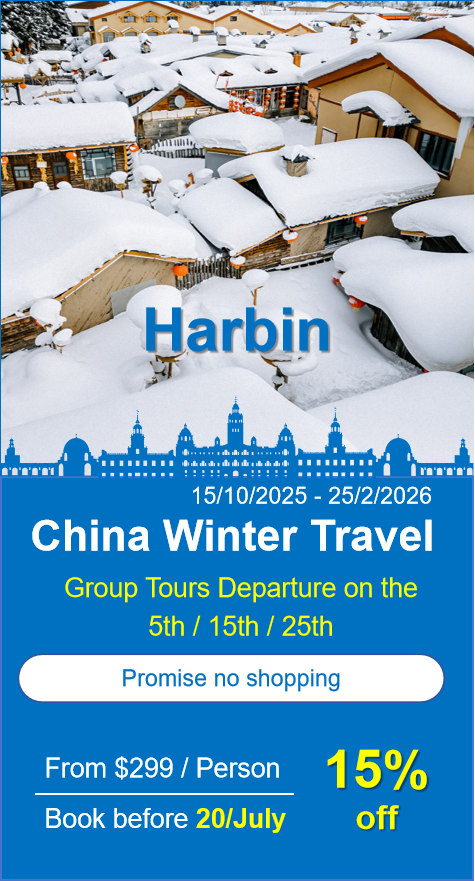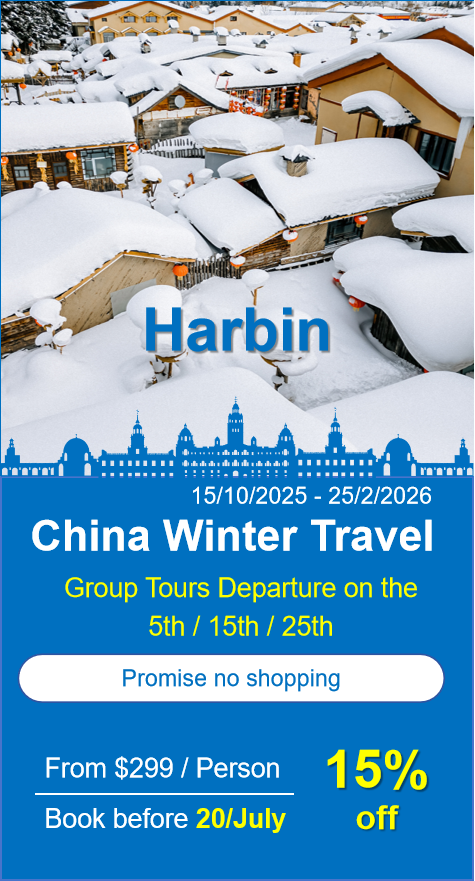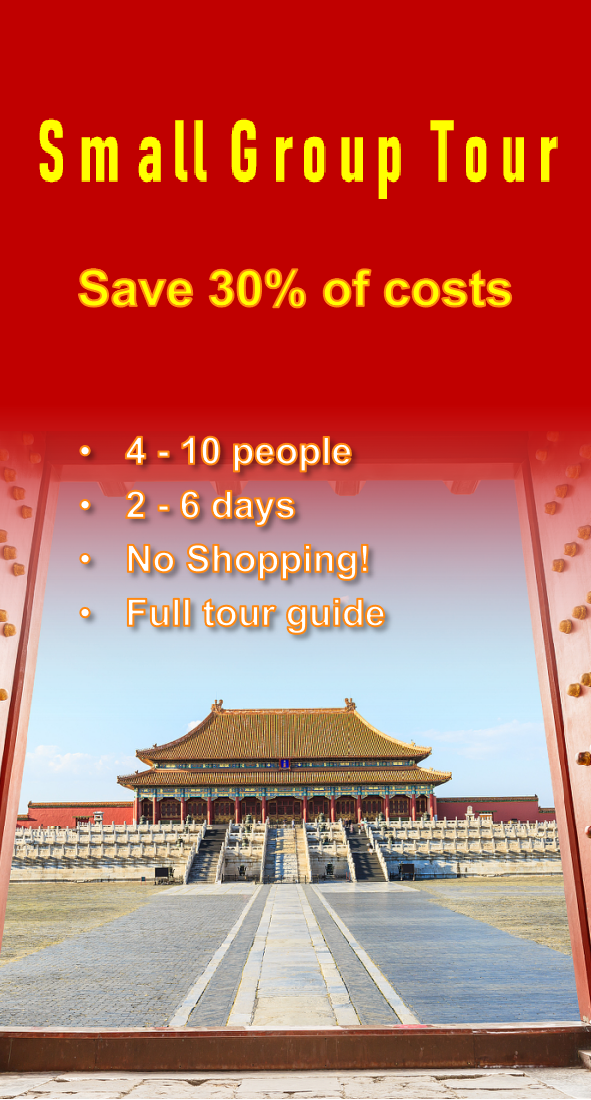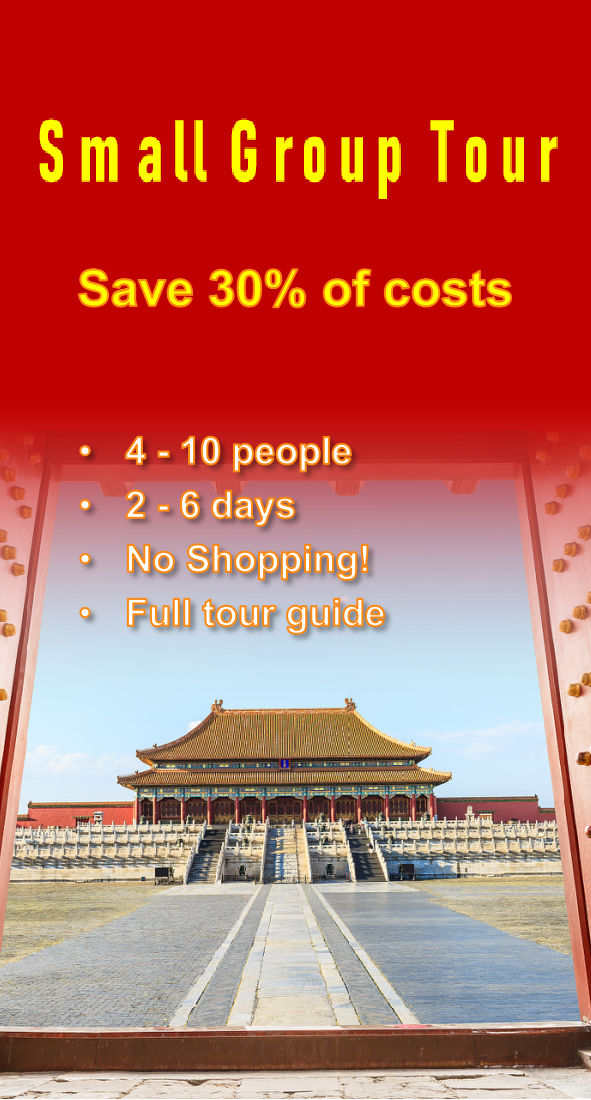Maiji Mountain Grottoes
Historical Overview
Excavation began in the 4th century CE under Buddhist monks seeking seclusion, but the site flourished during the Northern Wei (386–534 CE) and Sui-Tang (581–907 CE) dynasties. Royal patronage from emperors like Emperor Wen of Sui and Empress Wu Zetian transformed Maiji into a pilgrimage hub. Over millennia, earthquakes, wars, and looting damaged many caves, but systematic restoration since the 1950s has preserved 80% of the original art. In 2014, it joined the "Silk Roads: The Routes Network of Chang’an-Tianshan Corridor" UNESCO site.
Structural Layout
The grottoes are divided into East Cliff, West Cliff, and Central Summit zones, connected by a labyrinth of suspended corridors and staircases:
East Cliff: Features early Northern Wei caves (e.g., Cave 74, 78) with slender, linear Buddha figures and celestial beings.
West Cliff: Known for Tang Dynasty masterpieces (e.g., Cave 127’s 16-meter-tall Amitabha triad) and vibrant murals.
Central Summit: Home to the Seven Buddha Pagoda (Cave 4) and the Cross-Legged Buddha Cave (Cave 133), with a 13-meter-tall serene Maitreya statue.
Supporting Structures: Wooden viewing decks, modern visitor centers, and a cable car to the summit.
Major Attractions
Cave 4 (Seven Buddha Pagoda): A Northern Zhou (557–581 CE) cave with seven clay Buddhas arranged in a semicircle, symbolizing the seven rebirths of Shakyamuni.
Cave 133 (Cross-Legged Buddha Cave): A Tang Dynasty marvel with a 13-meter-tall Maitreya seated in royal ease, surrounded by 1,000 smaller attendant figures.
Cave 127 (Amitabha’s Western Paradise): A Sui-Tang cave featuring a 16-meter Amitabha triad and a 20-square-meter mural of the Pure Land, with musicians, dancers, and celestial maidens.
Cave 98 (Nirvana Cave): A 14-meter-long reclining Buddha from the Northern Wei period, depicting the Buddha’s final moments before parinirvana.
Cave 165 (Western Paradise Cave): A Tang masterpiece with a 12-meter-tall Vairocana Buddha and murals of the "Eighteen Arhats" and "Five Hundred Luohans."
Thousand-Buddha Corridor: A 30-meter-long passage lined with 1,032 miniature clay Buddhas from the Northern Zhou era.
Maiji Museum: Displays excavated artifacts, including clay heads, manuscripts, and a 3D replica of the grottoes’ original layout.
Suggested Itineraries
Classic Route (2–3 Hours)
Morning: Cable car to summit → Cave 4 → Cave 133 → Central Summit viewpoint.
Afternoon: Cave 127 → Cave 98 → Thousand-Buddha Corridor.
Highlights: Iconic Buddhas, panoramic views, and Tang murals.
Extended Route (4–5 Hours)
Morning: East Cliff (Caves 74, 78) → Cave 165 → Rest at the summit tea house.
Afternoon: West Cliff (Caves 121, 135) → Maiji Museum → Hike down the "Pilgrim’s Path."
Highlights: Early Buddhist art, museum insights, and a scenic descent.
Deep Exploration Route (Full Day)
Morning: Join a guided tour of restricted caves (Caves 5, 44, 115) → Attend a 10 AM Buddhist chanting session.
Afternoon: Photography workshop in Cave 127 → Sketching session in Cave 133 → Sunset at the summit.
Highlights: Exclusive cave access, cultural workshops, and artistic engagement.
Ticket Purchase
Online: Book via the official Maiji Grottoes website or WeChat account (up to 5 days in advance).
On-Site: Tickets available at the visitor center; queues are longer during weekends.
Prices:
Peak Season (April–October): ¥80 (adults), ¥40 (students/seniors).
Off-Season (November–March): ¥60 (adults), ¥30 (students/seniors).
Free: Children under 1.2m, disabled visitors, and journalists with ID.
Add-Ons: Cable car (¥80 round-trip), guided tours (¥150 for 2 hours).
Train: High-speed trains from Xi’an (2.5 hours) or Lanzhou (1.5 hours) to Tianshui South Station, then a 30-minute taxi ride.
Bus: Direct buses from Tianshui Longcheng Bus Station (1 hour, ¥15).
Taxi: Direct from Tianshui city center (¥60–80 one-way).
Local Shuttles: Free shuttles from Maiji Town to the grottoes entrance (7 AM–6 PM).
Best Time & Tips
Peak Hours: Avoid 11 AM–3 PM (sunlight washes out mural colors); visit early (8 AM opening) or late (after 4 PM).
Crowds: Golden Week (October 1–7) and summer holidays are busiest; weekdays in spring/autumn are ideal.
Weather: Summer (June–August) is rainy (bring umbrellas); autumn (September–October) offers clear skies and mild temperatures.
Essentials:
Wear sturdy shoes (uneven wooden walkways).
Use a flashlight to examine cave details (rentable at the entrance for ¥10).
No touching sculptures or murals (oil from hands damages clay).
Photography allowed (no flash); tripods prohibited in crowded caves.
Prohibited items: Lighters, drones, and large backpacks (lockers available).
Contact Us
What Our Clients Say?
Based on 10,000+ traveler reviews
